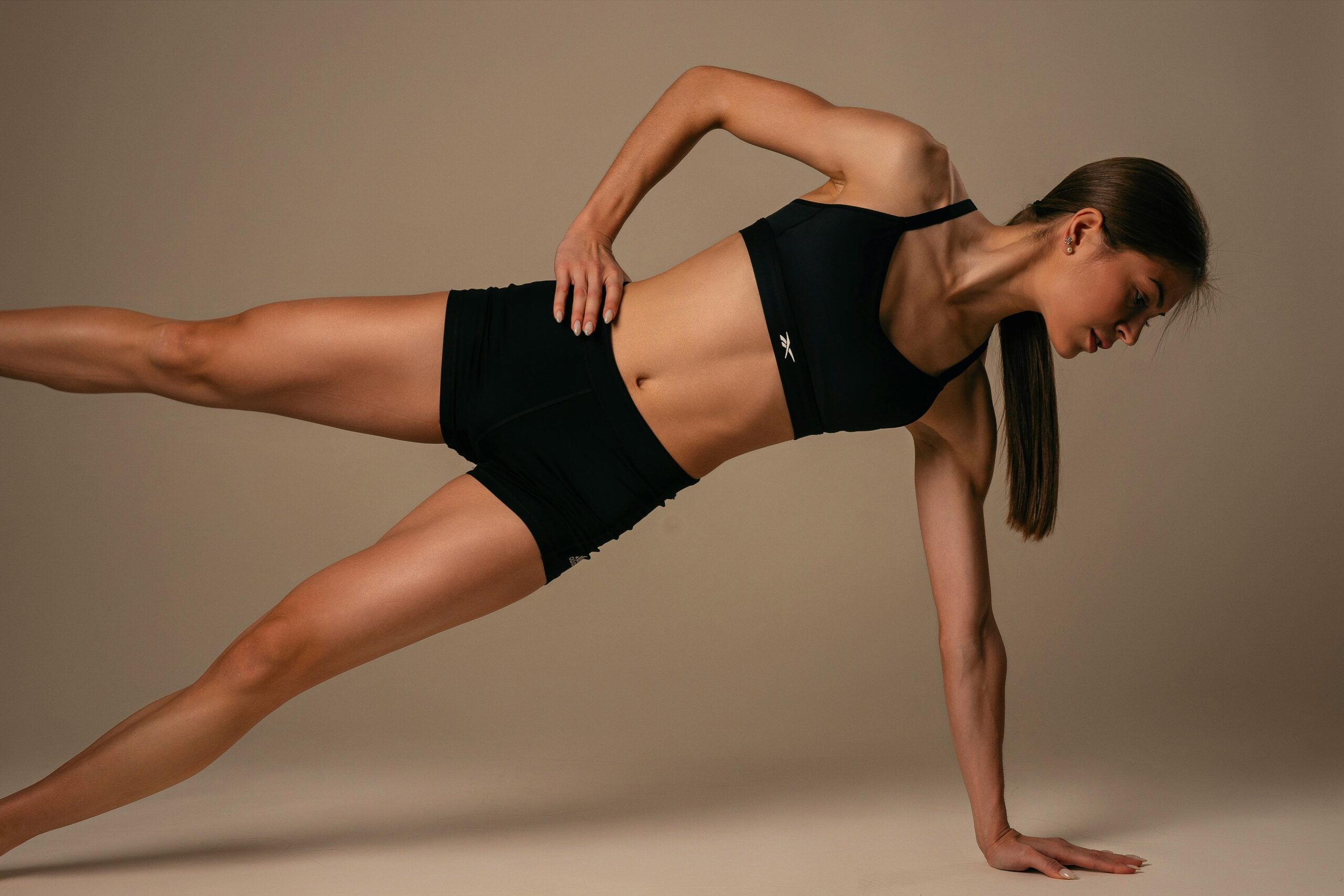Exploring the Fusion of HIIT and Pilates
In the ever-evolving world of fitness, combining different training methodologies can unlock new levels of effectiveness and enjoyment. One exciting hybrid gaining momentum is HIIT Pilates, a workout that fuses the intensity and cardiovascular benefits of High-Intensity Interval Training (HIIT) with the core-strengthening, flexibility-enhancing principles of Pilates. This innovative approach offers a balanced routine designed not only to sculpt lean muscle and improve endurance but also to enhance posture and mindfulness. By integrating these two disciplines, HIIT Pilates creates a comprehensive fitness experience that caters to both strength and stamina. This article will delve into the mechanics of HIIT Pilates, its advantages, how it differs from traditional workouts, and practical tips for incorporating it into your routine.
Understanding High-Intensity Interval Training (HIIT)
HIIT is characterized by short bursts of maximum effort activity alternated with periods of rest or lower intensity. This approach maximizes calorie burn within a limited timeframe and significantly improves cardiovascular health. The metabolic afterburn effect, known as excess post-exercise oxygen consumption (EPOC), means that the body continues burning calories well after the workout ends. HIIT workouts typically focus on dynamic, full-body movements and push the cardiovascular system to its limits. However, while HIIT excels at boosting endurance and burning fat, it often lacks focused attention on muscle control, alignment, and flexibility — areas where Pilates shines.
The Principles and Benefits of Pilates
Pilates emphasizes controlled, precise movements that improve core strength, flexibility, posture, and body awareness. Its foundation lies in breath control, muscular endurance, and spinal alignment. Unlike HIIT, Pilates movements are low-impact and performed at a slower pace, promoting mindful engagement of muscles. This focus on stability and balanced strength can prevent injuries and alleviate chronic pain caused by poor posture. When practiced regularly, Pilates enhances neuromuscular coordination, making other physical activities more efficient by establishing a strong, stable core as the body’s center of movement.
How HIIT Pilates Combines the Best of Both Worlds
HIIT Pilates blends the cardiovascular intensity of HIIT with the focused muscle conditioning of Pilates to create a synergistic workout. Sessions often alternate between short, powerful bursts of cardio moves—such as jump squats or mountain climbers—and Pilates exercises like the hundred or teaser, which require precision and controlled breathing. This combination fosters both aerobic capacity and muscular endurance. The Pilates elements help maintain proper form during high-intensity intervals, reducing injury risk compared to traditional HIIT. Moreover, by integrating mindfulness into explosive movement, HIIT Pilates supports mental focus and physical resilience simultaneously.
Customizing HIIT Pilates for Different Fitness Levels
One of the key strengths of HIIT Pilates is its adaptability. Beginners can start with modified intervals, emphasizing basic Pilates movements and lower-impact cardio bursts to build strength and stamina progressively. More advanced practitioners can intensify the cardio segments and introduce complex Pilates postures that challenge balance and flexibility. Additionally, workout durations can range from 20 to 45 minutes, making it feasible for busy schedules. Utilizing equipment such as resistance bands or small weights can further elevate difficulty. Tailoring the format ensures the workout remains effective without overwhelming the trainee’s current fitness status.
Maximizing Results Through Consistency and Recovery
As with any training regimen, regular practice is crucial for reaping the benefits of HIIT Pilates. Scheduling sessions two to three times a week allows the body to adapt and become stronger without risking burnout. Incorporating adequate rest, hydration, and balanced nutrition supports muscle recovery and overall performance. The mind-body connection established in Pilates encourages listening to one’s body signals, promoting sustainable progress. Combining HIIT’s calorie-torching power with Pilates’ rehabilitative qualities makes this fusion an ideal strategy for those seeking comprehensive fitness improvements and long-term health.
By merging the explosive energy of HIIT with the controlled precision of Pilates, HIIT Pilates presents a unique, multifaceted workout that caters to both heart health and muscular strength. This hybrid routine not only accelerates fat loss and cardiovascular conditioning but also enhances posture, flexibility, and mental focus. Its adaptability makes it accessible for all fitness levels, encouraging consistent practice while minimizing injury risk. Ultimately, HIIT Pilates exemplifies how thoughtful integration of diverse fitness methods can create a more balanced and effective approach to well-being. For anyone looking to maximize workout efficiency and cultivate a resilient, strong body, HIIT Pilates offers an exciting path forward.
